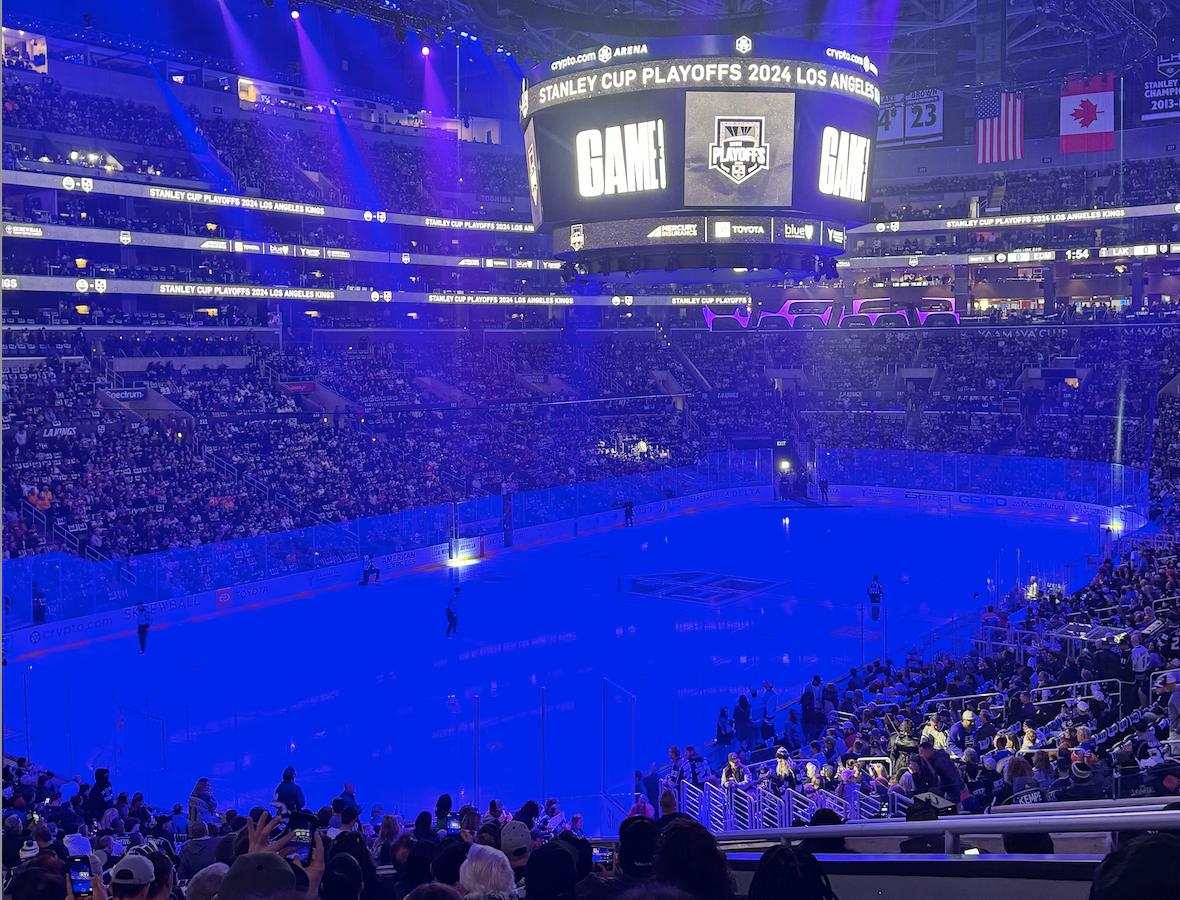Leon Draisaitl, Keith Primeau and Development Curves

One of the most important items when dealing with NHL prospects is patience. It’s not easy for anyone, and it’s really doesn’t come easy to fans who have been stuck watching the Edmonton Oilers of the last decade, but it’s vital.
One thing that might help, at least in the instance of Leon Draisaitl, is to consider the career of Keith Primeau.
Keith Primeau

The picture above comes from a hockey card in a collection I assembled (mostly) as a teenager. I don’t collect any more, but I do find that flipping through the cards I have can be handy as a way to get the mind working in August when nothing is happening. In this case, the snippet on the back is interesting when compared to Primeau’s numbers on the ice.
The snippet was provided by The Sporting News and runs like this:
Keith Primeau is a huge offensive-minded centre who is learning to use his size effectively in every phase of the game. He was a prolific scorer in his final two years in juniors and has shown flashes of that ability in the NHL. He’s a surprisingly good skater for a player his size and has a capable shot.
Anyone who has spent time reading hockey cards can probably work out the kind of year Primeau had by looking between the lines there. “Good skater for a player his size” is easily recognized code and the references to “flashes of that [scoring] ability in the NHL” can easily be deconstructed as “most of the time he doesn’t score”.
It was 1990-91. Primeau played 58 games; he scored three goals and had 15 points. Steve Yzerman led the Red Wings with 108 points that year, while rookie second line centre Sergei Fedorov managed 79 points in 77 games. Primeau was 16th on the team, right behind journeyman defensive defenceman Rick Green, who would retire the next year.
Primeau had, in fairness, been drafted just the previous summer but his slow start was a sign of things to come:
- 1990-91: 58 games, three goals, 15 points (0.26 points/game)
- 1991-92: 35 games, six goals, 16 points (0.46 points/game)
- 1992-93: 73 games, 15 goals, 32 points (0.44 points/game)
The Wings were in an interesting spot. The top two jobs at centre were secured long-term and at the age of 22 Primeau was the team’s 10th-most productive NHL forward. He was even worse in the playoffs; 23 games into his NHL postseason career he had all of one goal and three points. On that latter point, it’s worth keeping in mind that the Red Wings of 1993 were not the playoff powerhouse of future seasons; they had won all of one playoff round in five seasons.
Detroit hung on to Primeau and he bloomed. He jumped to 73 points in 1993-94 and fourth on the team scoring list (behind Yzerman, Fedorov and Ray Sheppard). In 1994-95 he actually outscored Yzerman.

Ultimately, the Red Wings decided that they needed a power winger more than they needed a third really good centre, and they shipped Primeau off to Hartford in the trade that brought back Brendan Shanahan. Shanahan fit splendidly in Detroit and spent the next nine years with the Wings, winning three Cups in the process. Primeau took on a leading role with Hartford and Carolina before eventually being moved in a trade for Rod Brind’Amour and some sweeteners.
Both teams did pretty well with the players they got; as most Oilers fans will remember the ‘Canes ended up winning a Cup with Brind’Amour in a key role, too. But the key lesson here isn’t that the Wings traded Primeau, it’s that they waited until he was 25 years old and they had a firm idea of what kind of player he was. Then they moved Primeau for a player they almost certainly could not have landed had they dealt him at 22.
Leon Draisaitl

Leon Draisaitl is not without similarities to Primeau. Like Primeau, Draisaitl is a big centre who went third overall in his draft year; if we take that Sporting News scouting report and replace Primeau’s name it reads just fine as a description of Draisaitl’s rookie year:
[Leon Draisaitl] is a huge offensive-minded centre who is learning to use his size effectively in every phase of the game. He was a prolific scorer in his final two years in juniors and has shown flashes of that ability in the NHL. He’s a surprisingly good skater for a player his size and has a capable shot.
Primeau was an older member of his draft class, like Draisaitl, and as a result could be sent to the American League as a sophomore. He was; he played 42 games in the minors (posting 45 points) and then showed improvement over a half-season in the majors. I doubt it would be a big shock to anyone if Draisaitl followed a similar path, spending the first half of 2015-16 as a productive AHL’er before graduating to the NHL in the new year.
That should be reasonable. It should also be reasonable if Draisaitl continues to score at a not-overly impressive rate in 2016-17. Not only is he a young player trying to find his way, but like the Red Wings the Oilers already have two good centres locked into the No. 1 and No. 2 spots on the depth chart. That makes it tougher to get the kind of even-strength and power play minutes that lead to pretty point totals.
I’m not arguing that Draisaitl is an exact match for Primeau; each player takes his own path. But when we look at how Primeau’s career developed and when the Red Wings ultimately decided to move him, it’s easy to see the value in patience. There’s every reason to think that the same patient attitude is the right one to take with Edmonton’s young prospect.
RECENTLY BY JONATHAN WILLIS
Recent articles from Jonathan Willis





